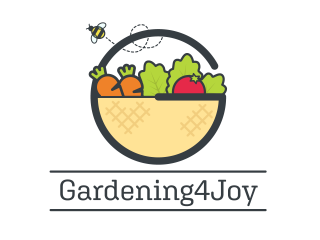It wasn’t long ago that I had not heard of kale. Kale has grown in popularity due to its exceptional nutrient value, health benefits and flavor. I am fond of eating kale because it holds its texture even when cooked. For me, texture is one of the most important characteristics when eating vegetables. I like incorporating kale into pasta and soup recipes, one of which I have included below. This blog post will focus on how to successfully grow kale in your garden.
Kale has interesting varieties, including ornamental varieties. Here is a summary of the different varieties of kale:
- Curly Leaf (Darkibor, Westlander)
- Bumpy Leaf (Lacinato, Dinosaur)
- Plain Leaf (Red Russian, White Russian)
- Leaf and spear (a cross between curly and plain leaf)
- Ornamental (tougher leaves, grown for decoration)
A few interesting facts about kale:
- In 2012, kale salad at Brooklyn restaurant, Battersby, was named dish of the year by Bon Appétit
- Kale has its roots in Greek and Roman culture
- Before its rise to fame, kale was commonly used as a decorative garnish by restaurants
Kale is popular now, but people have been growing this super food for more than 2,000 years.
WebMD







 Please check your email to confirm subscription.
Please check your email to confirm subscription.